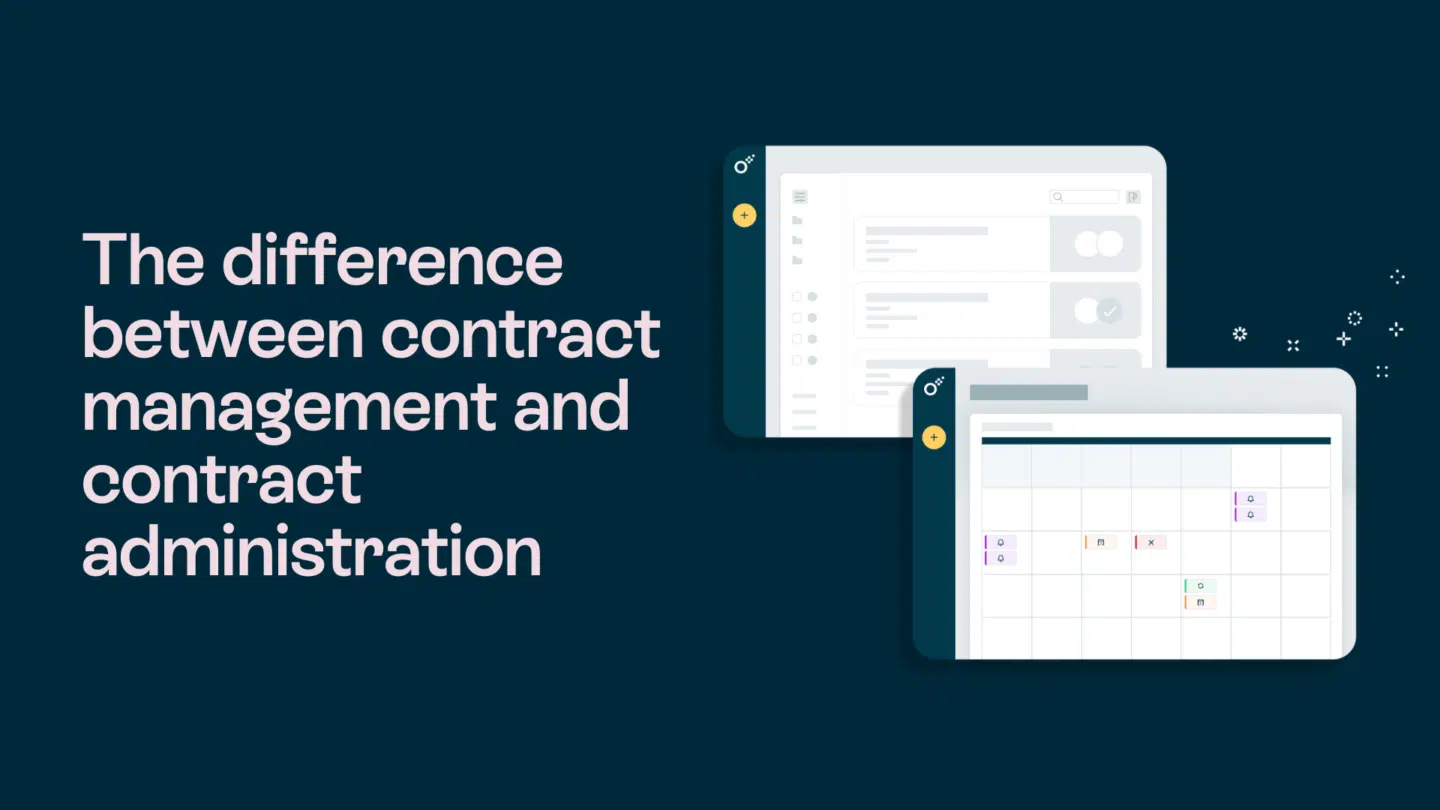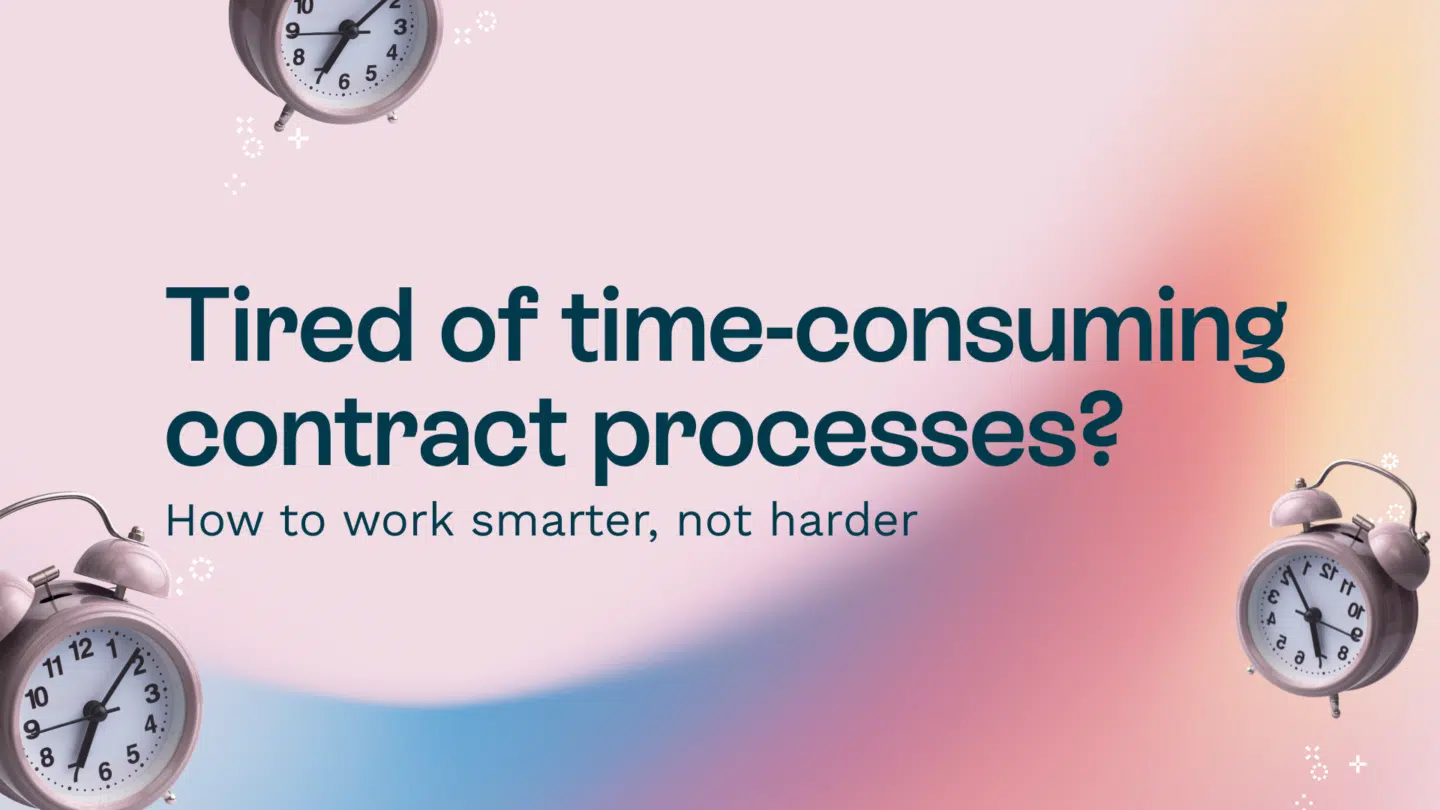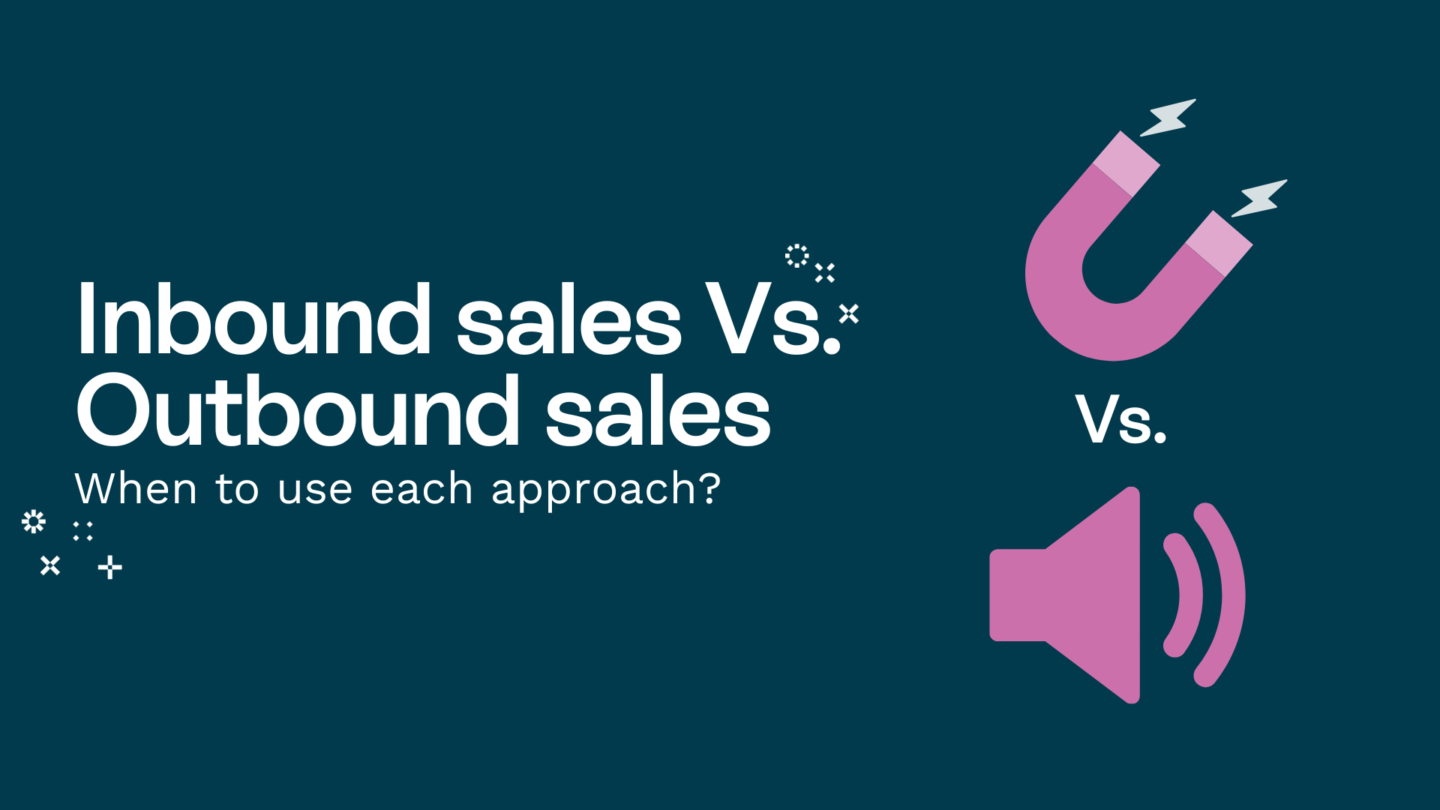Business documents are integral to the workflow and operation of your business as they play an important part in communication, organization, and managing your teams. They’re used by every department, from sales to marketing, finance, and more.
Documentation is crucial to building efficient and seamless business processes. “If you don’t document it, it didn’t happen.” A lack of proper documentation can lead to delays in activities, loss of important data, legal issues, cancellations of crucial deals, and last-minute hassles.
Business documents can be digital or on paper, and they come in a variety of forms depending on what purpose they serve. Some documents are made for issues of legality and compliance, others are just for normal day-to-day operations.
‘Business document’ is an umbrella term that includes pretty much any document a business uses. It can be business plans, records, contracts, non-disclosure agreements, invoices, pitch decks, content calendars, budget reports, or cash-flow statements. It can be anything that comes to mind when related to business.
But when it comes to running a business ‘what kind of documents do you need?’ Hopefully, by the time you finish reading this article, you’ll have your answer.
We’ll discuss the 10 documents required for the four pillars of a business:
Organization & Operations
- Business Plan
- Business Reports
- Partnership Agreement
Finance
- Income Statement
- Payment Agreement
HR
- Non-Disclosure Agreement
- Employment Contract Agreement
- Contractor Proposal
Sales & Marketing
- Marketing Plan
- Sales Plan
Pillar 1: Organization & Operations
Creating business documents for processes in the organization and the operations of your business helps to provide a systematic structure. It also makes you more efficient in how you work since everything is clearly outlined and laid out.
Here are 3 documents you must have for this:
Business Plan
A business plan includes the objectives of a business and lays out a roadmap on how to achieve them.
Drafting a business plan requires tons of market research and analysis, which will provide clarity on the steps your business will take in order to accomplish it’s mission.
For example, Apple, Microsoft, and Salesforce started out with a business plan.
A business plan is not a legal document, but it’s used to gain the confidence of potential investors and give them an idea of whether or not you can deliver a return on their investment. Furthermore, if you are currently in the process of developing a business plan, it would be beneficial to thoroughly investigate in LLC state that can provide advantages such as exemption from state income tax, minimal fees, enhanced asset protection, privacy, and numerous other benefits.
It typically follows this template:
- Executive summary
- Company description
- Market analysis
- Product/service analysis
- SWOT analysis
- Marketing plan
- Financial plan
- Budget
- Logistics and operations plan
Business Reports
Business reports provide information and insight into an organization’s internal operations.
They show company data about the entire organization or one specific department. They provide an analysis of internal aspects such as transactions, employees, sales figures, and contracts.
Most companies file reports for the four quarters throughout the fiscal year. A separate annual report is also filed at the end of the year with a letter from the CEO that contains the complete summary of the performance in that year and future strategies and goals for the next year.
Management can then make informed decisions to improve operational efficiency. It also shows the organization’s overall business progress to potential investors.
A business report typically follows this flow:
- An executive summary
- Introduction to issues
- Analysis of issue
- Conclusion and potential solutions
- Data references
- Appendix
Partnership Agreement
A partnership agreement is a legally binding contract between two or more people to start a business together. Partnerships are complex, and there is always a possibility of conflict. Partnership agreements mitigate these issues by laying out ground rules on how the business is to be run.
They outline the responsibilities and expectations of all parties and lay down solutions in case of conflict, which provide the course of action to potential scenarios, such as — ‘what would happen if there’s a disagreement?’ or ‘what would happen if one of the partners dies?’, ‘what would happen if one of the partners wants to sell their ownership rights?’, and so on.
This also reassures the parties of having legal and liability protection against each other.
They typically include:
- Percentage of ownership
- Division of profits/losses
- Duration of partnership
- Management power/role
- Decision-making power/role
- Dispute resolution
- Termination options
- Buyout options
Pillar 2: Finance
Another area where business documents are integral is on the financial side. They serve multiple purposes, such as documenting transactions, ensuring everything goes on the books, and leaving a proper audit trail for authorities, so everything is above water.
Here are 2 documents every business will have:
Income Statement: An important business document
An income statement is a financial document that shows how much profit or loss a business generates, its total revenue, and expenditures.
It indicates how profitable an organization is and is used to analyze its financial well being It provides business owners an insight into where they can cut down on costs and how they can increase revenue to yield more profit. Keeping income statements and tracking your finances is a must, as it helps you get a proper understanding of where all the money is going in your business.
An income statement usually follows this format:
- Sales
- Gross margin
- Operating expenses
- Operating income
- Other income and expenses
- Income before tax
- Net income
Payment Agreement
A payment agreement is a legally-binding contract that discusses the payment terms between a payee and payor. The payor can be any person or entity (a business, bank, or individual).
Payment agreements are important if you want to receive investments, loans, or grants. You’ll also need them when you invest in another business or individual as a part of your operation.
The document covers:
- The parties involved
- Amount of money owed
- Payment plan
- Payment method
- Payment schedule
- Termination issues
Pillar 3: HR; Most related business documents
Managing your teams and employees is very important. Especially as your business scales. That’s where the third pillar of business documents comes in. HR documents are used in a myriad of ways to track employee information, keep records and evaluate performance.
Here are 3 documents commonly found:
Confidentiality Agreements
Confidentiality agreements are legally-binding contracts created to protect an organization’s sensitive, exclusive or private information from being disclosed or misused.
These agreements are signed between an organization and various other parties involved in its operations — such as employees, business partners, contractors, and even freelancers. They legally bind the signatory to maintain confidentiality, the breach of which could lead to serious repercussions.
Their purpose is to protect crucial company data — such as project details, inner workings of the organization, client information, financial records, business strategies, and so on.
A confidentiality agreement usually includes:
- Parties involved in the contract
- Confidential information shared
- Ownership
- Governing laws
- Signature and date
Employment Contract Agreement
Employment contract agreements are used to legally bind an employment agreement between an employer and an employee.
The document contains details like — the terms and conditions of the employment, deliverables, hours of work, rates of pay, and benefits. As a business, you’ll be hiring people to be a part of your organization, which means you’ll need employment contract agreements. Without a legally binding contract, both parties could be at risk.
An employee contract agreement protects both parties. It protects employers from an employee who doesn’t do their work as prescribed, and it protects employees from not receiving paychecks and being exploited.
An employee contract agreement follows this format:
- Names of parties involved
- Employment details
- Job title
- Employee compensation
- Benefits
- Probation period
- Paid leaves
- Termination options
- NDA
- Governing laws
- Signature and date
Contractor Proposal
Contractor proposals are documents that contractors use to pitch their services to get a job.
These proposals are important in the construction and building industry (they’re also called ‘construction proposals’). As a client or project manager, you’re on the hunt for the best talent, who possesses the required variety of skill-sets at an affordable price. A contractor proposal is a perfect way to filter your options to find the one best suited for your needs because it highlights the contractor’s skills, experience, and work rates.
If you want your business to secure contracts as well, you’ll need them.
They typically include:
- Cover letter
- Services table
- Rates of work
- Payment terms
Pillar 4: Sales & Marketing
Sales and marketing are responsible for bringing eyeballs to your business, developing interest in your product/service, generating leads, and closing deals.
Creating business documents to manage the sales and marketing part of your business helps in giving a sense of direction, establishing timelines, measuring results, and increasing ROI.
Here are 2 documents you’ll need::
Marketing Plan
A marketing plan outlines an organization’s marketing strategies, activities, and ideas. It’s a complete roadmap that helps you visualize how you’re going to promote your business.
A marketing plan helps clarify business goals. It also sets realistic expectations and ensures that every member of the team is on the same page.
A marketing plan generally contains:
- Executive summary
- Mission statement
- SWOT analysis
- Market research
- Market strategy
- Goals
- Budget
Sales Plan: A paramount business document
A sales plan underlines the sales forecast you aim to hit and all the activities you plan to do to achieve it. It’s similar to a traditional business plan, but its sole focus is your sales strategy.
A sales plan includes information about your target customers, analysis of past results, sales tactics, revenue goals, sales team structure, potential challenges, and other relevant data that’s important to formulate a strong sales strategy.
It’s crucial to have a sales plan because, in order to fulfill specific sales targets, you need a step-by-step strategy.
A sales plan helps outline:
- Time-based and measurable goals
- A clear action plan to achieve them
- Purposeful, daily activities for your team
- An analysis of your team’s progress
A sales plan typically includes the following:
- Ideal customer personas
- Revenue goals
- Strategies and methodologies
- Timeline
- Deadlines
- Team structure
- Budget
- Performance criteria
- Resources
- Market conditions
If you don’t know how to go about drafting a sales plan, you can check out this template for starters.
How does Oneflow help with your documentation process?
Managing your business documents requires coordination between multiple parties. Ranging from outlining the scope of work to scrutinizing the details, to getting signatures on important documents.
It can be tricky to coordinate via PDFs on so many fronts.
Oneflow makes this super easy for you. Helping you keep a track of your business documents, all in one place.
To test it for yourself, try Oneflow for free here.







